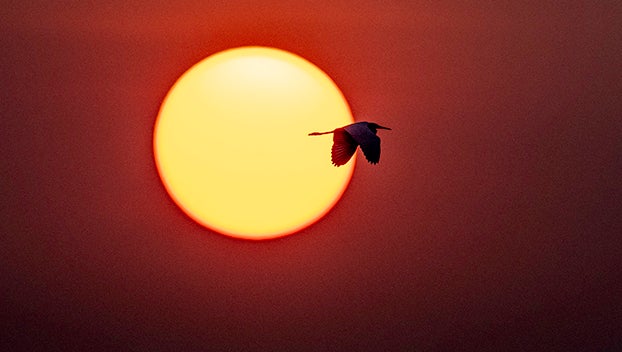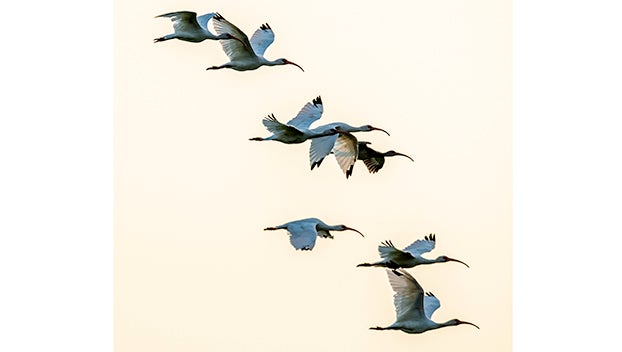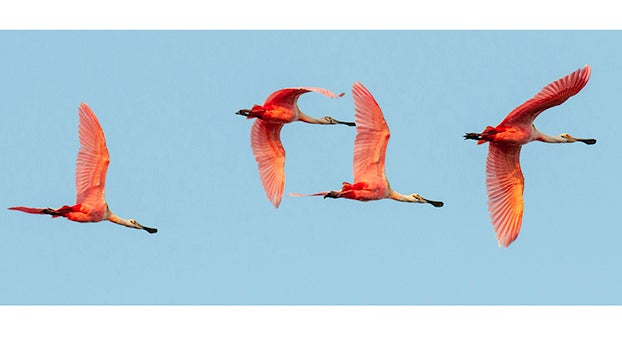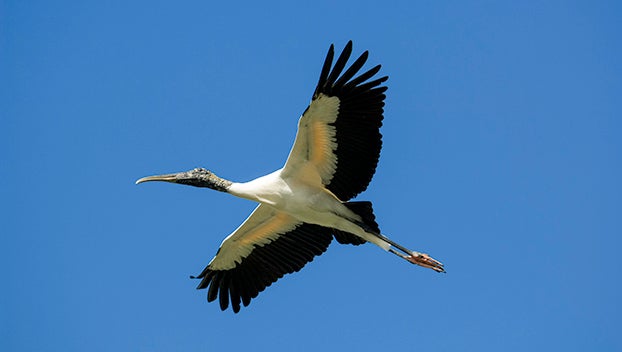When the sun goes down: Birds, bird enthusiasts flock to refuge for seasonal show
Published 12:00 am Sunday, September 2, 2018
Members of the Jackson Audubon Society, a chapter of the National Audubon Society, visited St. Catherine Creek National Wildlife Refuge in Sibley at approximately sunset Aug. 25 — just like they do once each year when thousands of birds migrate to the refuge to roost.
Mary Stripling, vice president of the Jackson Audubon Society, said the group stayed on the refuge from 4 p.m. to 8 p.m. capturing photographs of the waterfowl.
Stripling said she has long been a fan of Saint Catherine Creek National Wildlife Refuge since it was managed by the state. St. Catherine Creek NWR was established in 1990 to provide a water habitat for migratory birds.
“St. Catherine is really dear to my heart because I was around before it was a federal deer and wildlife refuge,” Stripling said. “We’ve been doing a ‘Sundowner Field Trip’ once or twice a month in central Mississippi, but we went down to St. Catherine because it’s a great place for birds. … The staff there work hard to regulate the water level to attract these birds this time of year.”
Stripling said birds that do not nest in Mississippi, particularly wood storks and roseate spoonbills, can be spotted on the refuge during a season of “post-breeding dispersal,” when the birds migrate northward optimistically looking for food in the shallow water, she said.
Robert Strader, the former refuge manager at Saint Catherine Creek, said the peak months for bird activities on the refuge are August and September.
“To me, its one of the best birding areas around,” Strader said. “There is a big variety of birds here … particularly shorebirds and the long-legged waders. They’ll be here in big numbers around August and early September. … You’ll see between 5,000 to 10,000 of these birds.”
Long-legged waders typically stand between two and three feet tall, Strader said, and encompass several species that wade through shallow water looking for crawfish and other small fish prey.
Some of these species include great and snowy egrets, white and dark ibis and herons.
Strader said the refuge is open to visitors from dawn to dusk every day.
“The refuge is really a very special place,” Strader said. “It’s not heavily used and it’s a quiet place to go.”
Stop by during office hours at 7:30 a.m. to 4 p.m. Monday through Friday or call 601-442-6696 for more information about the refuge.










